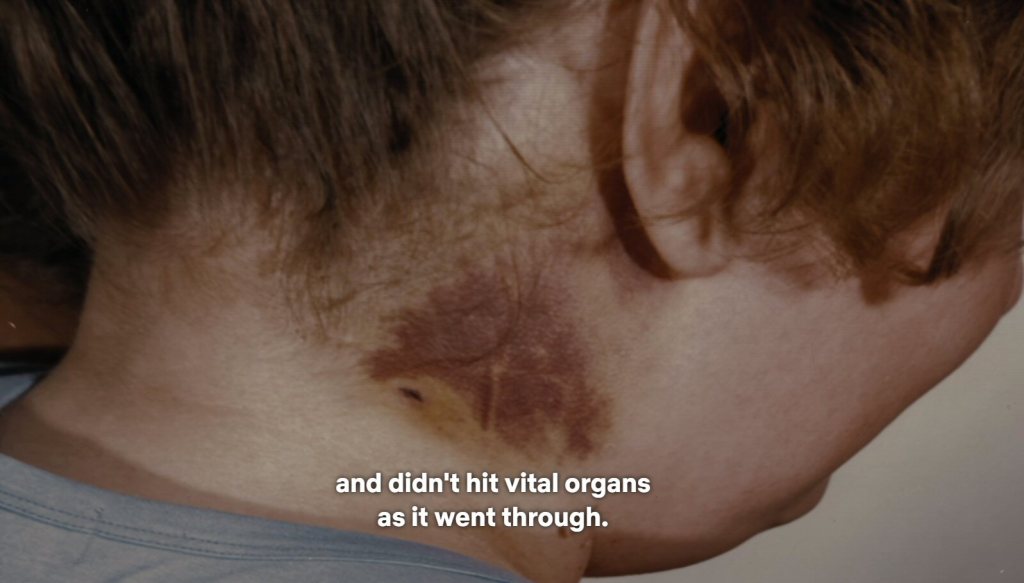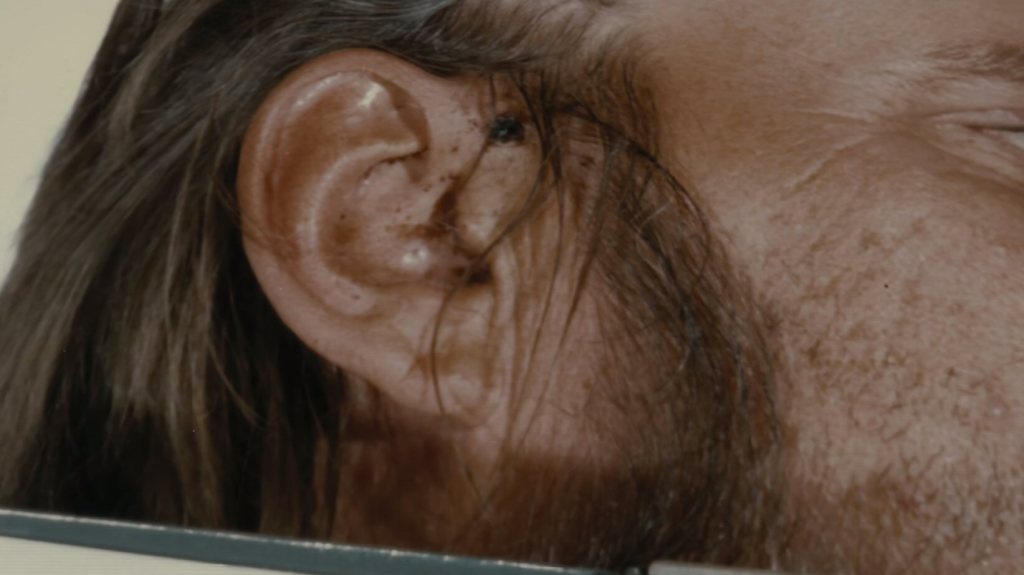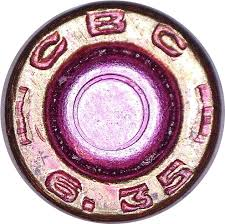“Injustice anywhere is a threat to justice everywhere. ”
– Martin Luther King Jr.
Prosecutor Philip Halpin managed to convince a jury that Richard Ramirez attacked Virginia and Christopher Petersen in their home in Northridge on the 6th of August 1985. What does the evidence from that night tell us? The Petersens lived in Northridge, a neighborhood in the San Fernando Valley region of Los Angeles. Virginia Petersen stated that on the night of August 5, 1985, she went to bed around 9:00 p.m. and was awakened in the middle of the night because she heard footsteps in the hallway near her bedroom. She saw a man enter her bedroom, and she yelled, “Who are you? What do you want? Get out of here!” She attempted to shield Christopher, who was on the opposite side of the bed, and the man shot her on the left side of her face by her nose. The gunman then shot Christopher close to his ear. He managed to jump out of bed and chase the attacker who fired multiple shots through the house, leaving bullets in the wall and expended casings on the floor. When the shooter escaped, Virginia collected her daughter from her bedroom and called 911. Unable to wait for the ambulance, Christopher drove them to the hospital. Images below are taken from Night Stalker: The Hunt for a Serial Killer on Netflix.



In a statement given to police, Virginia Petersen described her attacker as “male, light-complected, athletically thin, and tall.” She said his hair was dark, curly, or wavy and combed back from his face. First, she stated that he had a strong demarcation between his hands and arms suggesting he wore gloves but added that he had clean, well-manicured fingers. How did she see his hands in such detail if she had been uncertain whether he wore gloves? Glove prints were found in the house, so he must have been wearing some.

In court, she testified that the suspect’s hands were long and thin, and they were “more like an artist than a construction worker.” Conveniently, she insisted that she could see him because of a TV on in her child’s bedroom. Later, she changed her testimony and said a 100 watt light had been on in the living room.
Virginia Petersen also changed her description of the suspect’s hair. Where it had once been combed back, it was now wild and “shaggy” and he had a “diabolical grin” as he laughed maniacally at the foot of their bed. It just so happens that by the time the trial began in 1989, Ramirez’s hair had grown out quite a bit, and some might call it shaggy. However, that was not how his hair looked in August 1985. He also had a propensity to laugh inappropriately in court and he liked to doodle. Perhaps this inflenced her description of “artist hands” and crazed laughter.


While Petersen’s description did share some attributes with Ramirez, such as an angular face, this is a clear example of embellishment. While the Petersen case fell under LAPD jurisdiction, the LASD (the County Sheriff’s Department) were leading the Night Stalker case and became involved. Could they have influenced Petersen’s description changes? Could the prosecutor have guided witnesses on what to say? Did the media sensationalism and ‘Satanic’ hysteria encourage her to make her attacker sound more insane?
Our memories do not improve with time. They become faded, distorted, and less distinct. Virginia would not have had a better recollection of her attacker four years after the event. Was it the countless images of Ramirez in the newspaper and on television? Virginia Petersen admitted during her testimony that she had seen Ramirez ‘s photograph in the newspaper and on television multiple times. She stated she first saw his photograph on television the night before he was arrested, but she did not contact the police to inform them that their attacker was the Night Stalker. A highly qualified eyewitness identification psychologist, Dr Elizabeth Loftus, was brought in to explain the effects of media contamination, but the defence did not brief her on specific cases, so she lost the attention of the jury.
Bizarrely, Christopher Petersen argued with and chased the gunman, but he did not identify Ramirez at the line-up nor did he testify in court. The killer had run into the living room during the escape. If the light was on as Virginia claimed, then why was Christopher unable to identify him?
The Evidence
- Prints from gardening gloves on the sliding door and window screen.
- Bullet casings and expended slugs in the bedroom and wall.
Detectives determined the bullets were from a .25 caliber automatic gun, but they never recovered the weapon. The casings and slugs bullets contained red primer. When the Abowaths were attacked two days later (and 57 miles away) bullets at that scene had the same “old stock” red or pink primer so the Night Stalker task force believed the same person committed both crimes. When Ramirez was arrested on August 31, law enforcement searched a locker used by Ramirez at the Greyhound bus station and found a selection of .25 bullets in his bag. Three of them contained red primer. The prosecution alleged that this made them unique but is this really true given the size and population of Los Angeles?


Bullet Lead Analysis – What We Now Know
From the 1960s to the early 2000s, the FBI crime laboratory used comparative lead bullet analysis to tie suspected criminals to crime scenes. In 2004, research conducted by the National Academy of Sciences showed the science behind lead bullet analysis relied upon for nearly 40 years was extremely flawed and had no scientific basis or support. As a result, in 2005, the FBI stopped using these tests and uncovering the flaws of this science led to the discovery of wrongful convictions.
Forensic ballistics involves the examination of evidence from firearms that may have been used in a crime. When a bullet is fired, the gun leaves microscopic markings on the bullet and cartridge case called toolmarks. When investigators recover slugs or casings from a crime scene, examiners test-fire a suspect’s gun to compare the toolmarks on the expended bullets to those from the scene. If the marks are similar, the examiner may conclude they were fired from the same gun. This was impossible in the Night Stalker case, because the 25-caliber weapon was not recovered, yet the firearms examiner claimed there were identical toolmarks.
After a thorough review of the research, the National Academy of Sciences concluded there is no evidence to support the theory behind lead bullet analysis. Originally, it was assumed that a box of ammunition produced in one factory, at the same time, under similar conditions would have identical lead composition and chemical makeup. Therefore, if a slug from a crime scene contained the same lead composition as live ammunition in a box owned by a suspect, there was physical evidence linking the suspect to the crime scene. However, this is not the case and has led to many wrongful convictions.
Ramirez’s defense attorneys conceded the ballistics evidence, neglecting to send the evidence to firearms expert, Paul Dougherty. In 2004, Dougherty revealed that the law enforcement “work up” was “inaccurate and inadequate” and found there were “internal conflicts in the written reports with regard to the testing conducted, such as the condition of the bullets.” In fact, he believed the firearms evidence needed retesting in all cases involving guns (Federal Writ of Habeas Corpus, pg. 418). For an analysis on the ballistics in the Night Stalker cases, see this post.

Leave a comment